Secure display cases are an effective theft deterrent as part of a multi-pronged approach to protecting products and people. You need to make a wise selection as well as understand how to adjust your operations to ensure a smooth shopping experience for your customers.
Dana Probst, Director of Front-End Innovation at Marmon Retail Solutions, shared some thoughts to help retailers find the right balance between customer experience and inventory protection.
She helped us generate these six questions you need to answer so that you can move forward with confidence.
1. How well do you really understand your key theft risks?
Dig into the data. What theft patterns do you need to address? Are you dealing with solo shoplifters and one-off theft, or are thieves sweeping merchandise off the shelves in a pattern that points to organized retail crime (ORC)?
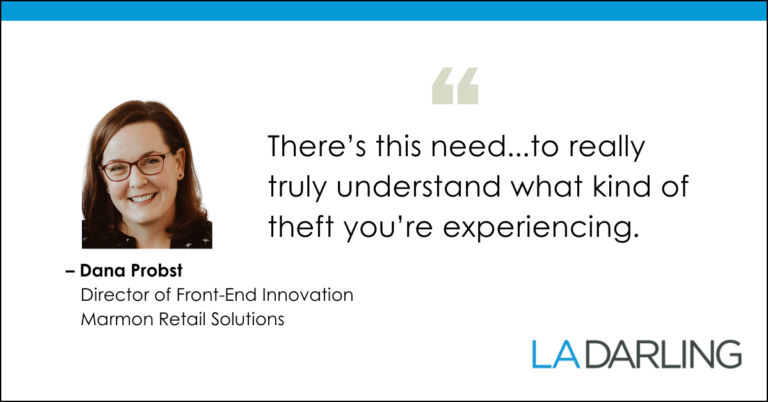
Probst notes that “it’s important to understand the [theft] trends in your community” so you can respond appropriately. “There’s this need ahead of buying a security case to really truly understand what kind of theft you’re experiencing.”
Take full advantage of point-of-sale and inventory tracking systems to help determine where losses are taking place. Assess the accuracy of the data as well; work to distinguish whether items are being stolen or simply removed from a shelf and misplaced.
Re-examine your store layout. Could products be placed in a different location that affords greater protection? For instance, items could be moved to the end of an aisle, where employees could more easily keep an eye on them, instead of leaving them in a middle aisle that’s difficult to supervise.
Secure case displays can be designed and positioned to concentrate on areas where they can provide the greatest protection, but the greatest success depends on a clear understanding of your exposure to theft and vulnerable areas.
2. What type of engagement do your customers expect – that will keep them loyal to your store?
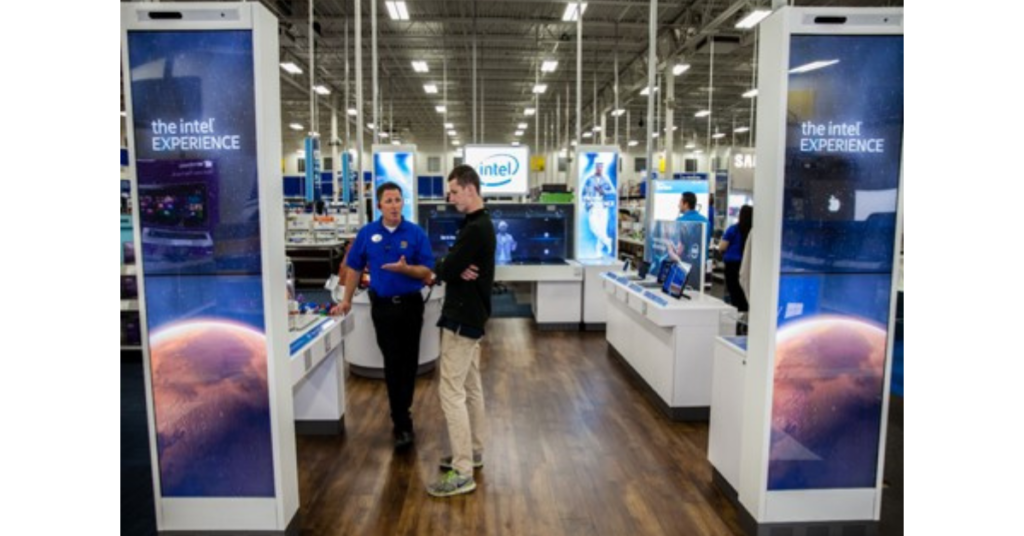
Recognize that security cases may affect the dynamics of the shopping experience. Your customers’ typical behavior is shaped by their attitudes and expectations toward the items being secured.
Probst categorizes shopping as either a “chore” or a “joy.” General merchandise and ordinary items that are routine purchases–like deodorant or baby formula–may be considered a chore. These purchases don’t require much thought or interaction–they are still routine even if procured from a locked case.
Items that customers need to touch, feel or try out before making a purchase decision–consumer electronics, power tools, beauty products and the like–involve more engagement and shopping pleasure.
Interaction may be a prerequisite for purchase. Don’t let customers find that experience in another store. For these products, ramp up point-of-sale communications and include display samples to provide a sufficiently rich shopping experience.
3. What procedures will help your staff respond easily to customers who need access to secure displays?
Effective security depends on efficient operational procedures for your team. Anticipate necessary changes in day-to-day practices and plan how you will expect staff to respond.
Define procedures for responding to customers, unlocking and re-locking displays. Consider staff availability and the hierarchy of their job duties to ensure effective customer service.
Location, once again, is a factor in security. Having locked cases closer to the aisle or within view of staff cuts down the time they spend walking to the case and makes it easier for staff to quickly respond to interested customers.
Your choice of keying system will affect the procedures needed:
- Traditional locks and keys offer protection and control costs, but they give employees easy access to display contents–perhaps more freely than you desire.
- Electronic locks offer many sophisticated control solutions but system costs rise and integration with Wi-Fi and other electronic systems becomes critical and more complicated.
4. Do you know all your options for security case design and adaptability?
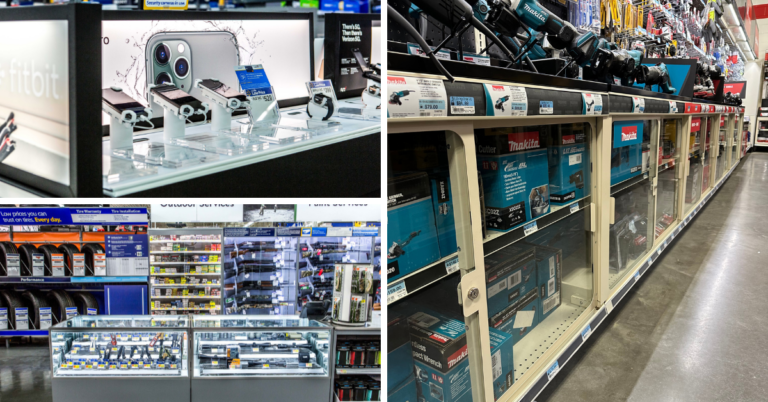
Custom security displays and cases offer flexibility and a wide range of options to suit the merchandise you need to protect, and are tailored to the retailer and the products being displayed. Secure displays can be free-standing, mounted on gondola systems, or flush mounted. Case dimensions are variable, as are other design and construction parameters.
Glass doors make it easy for customers to view products, while steel wire mesh or solid metal doors offer greater protection. Choose swinging doors or sliding bypass doors depending on case placement and accessibility needs. Our blog goes into more detail to explain security case construction and design choices.
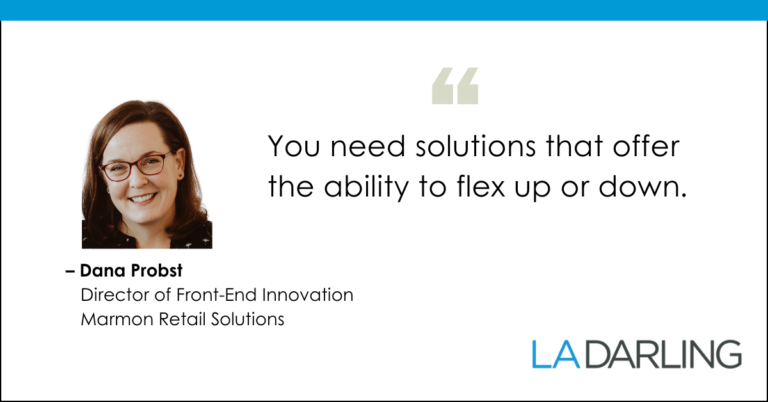
Adaptability is a significant consideration. “You need solutions that offer the ability to flex up or down based on the amount of criminal activity that you’re experiencing,” says Probst.
In response to this concern, one of LA Darling’s strengths is their experience in producing custom and adjustable depth cases that protect a diverse range of products from small electronics to guns and ammunition to power tools.
5. Will your planned solution keep up with future needs?
Eliminate the guesswork. Work with your solution account representative for on-the-spot assessments and help in determining the right size security case for your purposes. Too large a case wastes space and too small leaves products vulnerable.
Adjustable depth cases offer flexibility for changes in product displays and in capacity for protecting goods as security needs change. LA Darling has years of experience in creating custom case solutions that are tailored to your merchandise and changing requirements.
6. Does your provider have what it takes to meet your ultimate goals?
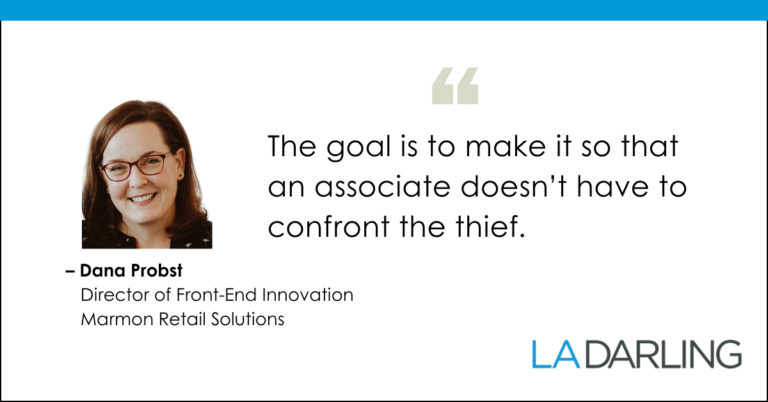
Security cases are an important tool for helping you address an urgent problem. Probst says, “The goal is to make it so that an associate doesn’t have to confront the thief. The solution will take care of that versus the associate having to be the one to do it directly.”
You need a solution that’s suited to your application from a supplier with a proven record of success. And you don’t need a long wait for production and delivery. Look for these attributes:
- Record of demonstrated success and longevity in business
- Responsiveness to both your delivery timetable and display needs
- Design and prototyping to ensure suitable customization
- Capabilities for handling a rollout of quality product at scale
- Support through every stage–design, installation, and follow-up
- Timeliness in prototyping and manufacturing, including domestic production
An open and shut case
Addressing the challenges of retail shrink and variable theft patterns requires a combination of solutions that often require adjustments in operational practices. Secure display cases protect your inventory and your sales associates.
Care in selection of security cases and their design as well as anticipation of how they will be integrated into your day-to-day operation enhances their success as an inventory protection tool and ensures customers a rewarding shopping experience.
When you’re ready for locked security displays, be sure to check out the resources available on our blog and talk to the LA Darling team for product recommendations and guidance. Learn why major retailers like Walmart depend on us to help reduce theft with improved security case design.